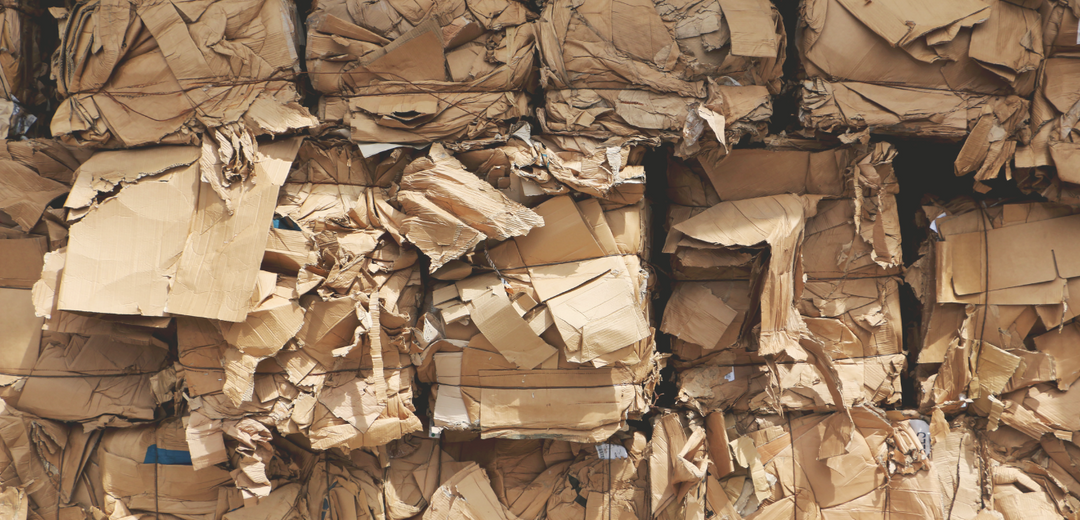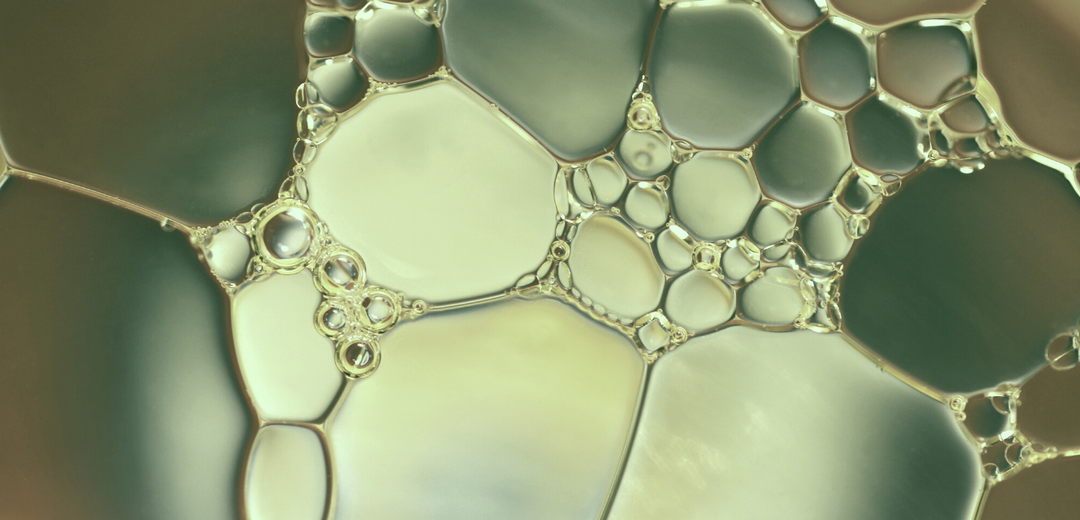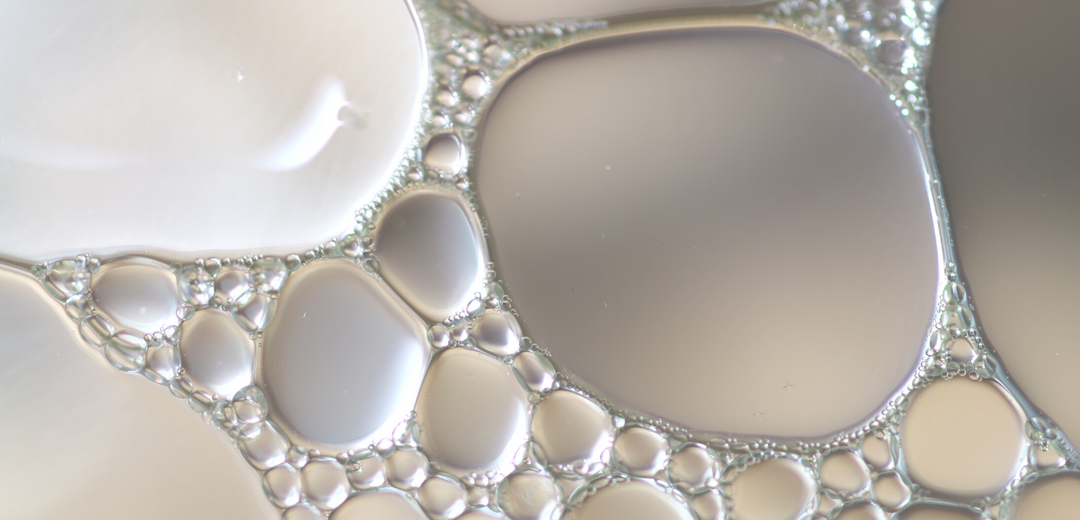Understanding the Environmental Impact of PEGs
Environmental Impact of Oil-based Cleansers
Oil-cleansers today can be found as balms, oils and on the molecular level in micellar water cleansers. These cleansers are helpful to remove all the product off and then allow for much more thorough cleanse in the second cleansing step. However, it is important to note the possible negative environmental impact that these oil-based cleansers may have in the form of microplastics.
What is a PEG?
Polyethylene glycol (also known as PEGs) is a petroleum-based polymer widely used in the cosmetic industry. Its versatile nature has been noted well in research as it can act as a cleansing agent, emulsifier, and humectant. In oil cleansers, PEGs are able to create the waxy texture commonly associated with balm cleansing and shown to be safe for use on our skin.
That being said, the increased use of PEGs in a variety of cosmetic products can be a detriment to the environment as a pollutant. The non-biodegradable nature of the polymer does not bode well for the waterways it enters.







